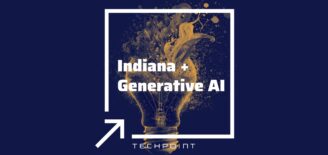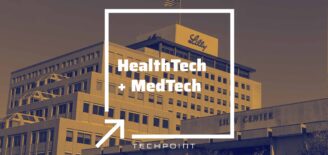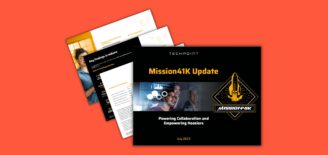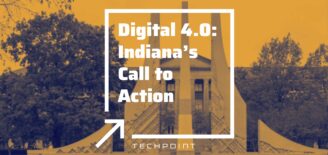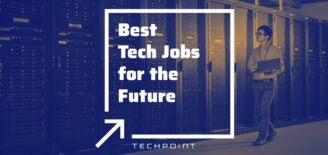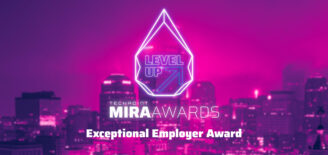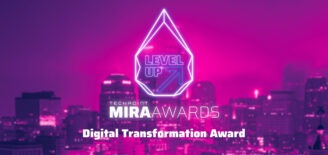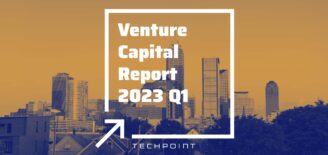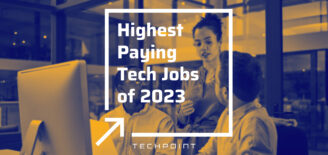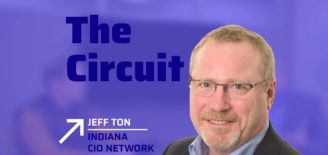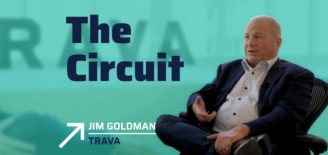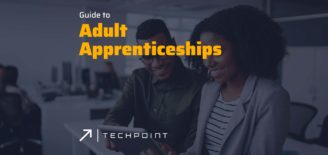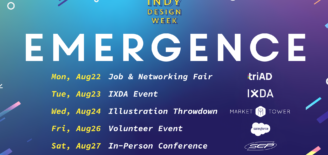Is your organization ready?
For most organizations, employees are both the most expensive operating cost and the most important assets. Payroll costs typically account for 30 percent to 50 percent of an organization’s total operating budget, a figure which doesn’t include insurance, benefits, and other financial rewards now considered standard by most HR leaders. In the past, these expenses typically represented organizations’ total obligation to its employees.
Today, however, financial rewards and benefits represent the bare minimum when it comes to recruiting and retaining top talent. In a tightening market, employees are able to demand more opportunities to develop professionally, grow within an organization, and do work that matters to them. With this in mind, employers must now understand each employee’s unique expectations and be able to deliver the opportunities, mentorship, and growth that more employees expect as part of their employee experience.
Has your organization taken steps to adjust to this new normal when it comes to retaining, developing, and engaging talent? If not, consider these questions when creating your employee experience strategy in 2018.
What motivates employees?
No two employees are the same, but when it comes to motivation, organizations often try to use the same rewards to motivate everyone. Financial incentives and additional time off are usually go-to motivational tactics, which, along with sending the wrong message about work (we really could afford to pay you more, or you would probably rather spend more time away from here), rarely generate the kind of excitement leaders expect.
Top organizations know that motivation is personal. Uncovering what motivates employees often requires knowledge about an employee’s personality, professional interests, and even hobbies outside of work. Recognizing success and praising employees regularly could go further for some than a one-time cash incentive. For others, the opportunity to do more complex or meaningful work might mean the difference between feeling excited about their jobs or dreading them.
The best way to find out what matters most to your employees is to ask them. While some employees may feel motivated by a promotion or title change, others may want more opportunities to work remotely, have more autonomy, or give back to their communities. To attract and retain talent, it’s critical for leaders to learn what they can do to help employees do their best work, and give them more access to the things that motivate them, while eliminating the things that don’t.
What are employees’ career goals?
Unless you want your employees to think their time with your organization is temporary, it’s important to consider their long-term career expectations. According to a LinkedIn survey of 7,350 members across five countries, the number one reason workers quit their jobs was because they sought greater opportunities for advancement outside the organization. If leaders fail to understand employees’ expected career paths, it will continue to be increasingly difficult to retain talent in competitive markets.
Often, HR and talent acquisition teams overestimate employee awareness of their internal mobility programs. Other times, organization simply fail to offer the right opportunities for advancement in the right offices, creating too many options and openings in one location, and not enough in another.
The best employers have started to tailor employee experiences around where employees see themselves in the future, not just on their role today. Ask employees not only when they become new members of your organization, but at regular intervals along the way, where they would like to improve, and how the organization might be able to help them get there. Don’t let current job openings or project requirements prevent managers from exploring possibilities with employees, as needs may arise that fit their objectives as your organization continues to grow. Additionally, employers need to do more to communicate and promote internal employee success stories on internal communication channels to continue to reinforce the fact that growth opportunities exist for employees at every level of the organization.
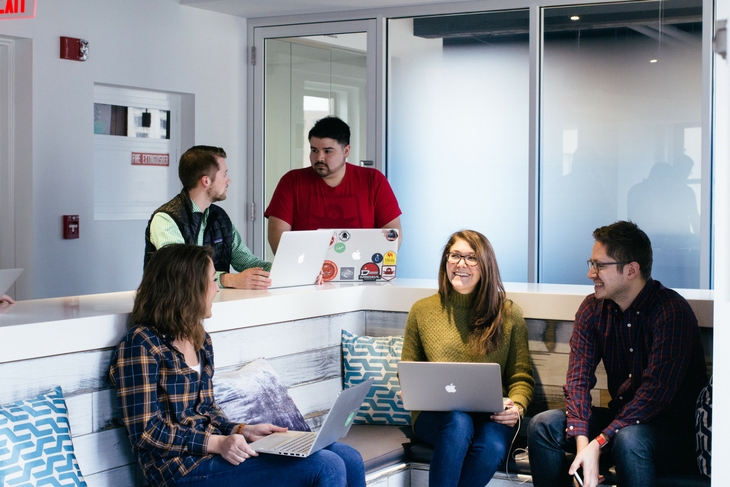
How can employees continue to develop and succeed?
Most employers focus most of their employee development resources on onboarding, which makes sense, considering that it can take employees six months or longer in some industries to become contributing members of your team. However, after the initial burst of coaching and training, many organizations leave finding further learning and development opportunities up to their employees. If most employees already feel overburdened with their day-to-day work, it’s no surprise that many neglect to seek out additional training and development opportunities that might hurt their performance in the short-run, even if it pays off down the road. Additionally, some managers may not value the impact training and development can have on the employee experience, and sometimes create roadblocks for employees to participate in these initiatives.
For High Alpha and its portfolio companies, dedicated internal learning and development opportunities exist based on an individual’s role and position within the organization. Aptly named Flight Schools, these training programs provide a way for employees to focus on development, network with their peers, and hear from external experts without having to create their own curriculum or cobble together multiple resources to meet their development needs.
If your organization does not have a long-term learning and development program, perhaps it’s time to take a page from your onboarding process, and think about how a more advanced curriculum could benefit more experienced employees. Send updates and notifications to employees when development options become available, and encourage them at regular intervals to take advantage of company-sponsored learning opportunities.
When it comes to creating world-class employee experiences, the best organizations consider the entire experience at each stage of the employee lifecycle. They take advantage of the opportunities they have to challenge and inspire employees along the course of their career, as opposed to simply dazzling them during the recruitment process. To motivate employees, help them grow, and allow them to succeed, your organization will need to do more to create a personalized employee experience using available data, internal resources, and employee-centric technology. With the right approach and the right tools, organizations can ensure employees have a positive employee experience and reach their full potential.
About the Author
 After over two decades in B2B marketing leadership roles, Chip House, chief operating officer at Structural, experienced first-hand the need to connect leaders with the tools they needed to find, engage and retain talent. In 2017, Chip Co-Founded Structural, whose Employee Success Platform enables real-time, mobile access to employee data.
After over two decades in B2B marketing leadership roles, Chip House, chief operating officer at Structural, experienced first-hand the need to connect leaders with the tools they needed to find, engage and retain talent. In 2017, Chip Co-Founded Structural, whose Employee Success Platform enables real-time, mobile access to employee data.
Prior to Structural, he served as Vice President of Relationship Marketing at ExactTarget, now the Salesforce Marketing Cloud. Chip also served as Chief Marketing Officer at Minneapolis-based Four51 and as Senior Director of Marketing for Digital River. Chip holds a degree in Economics and Management from St. Olaf College in Minnesota, as well as marketing MBA coursework from St. Thomas University in Minneapolis.


